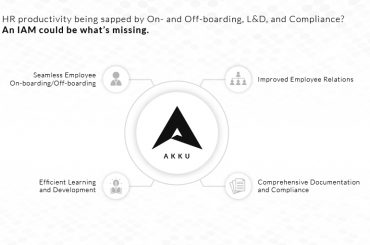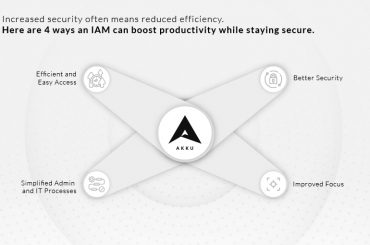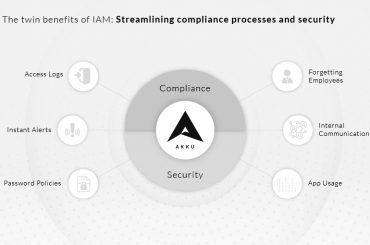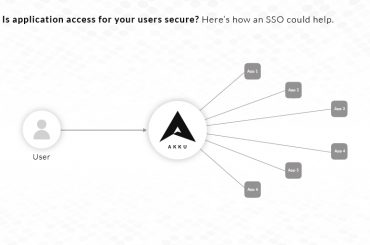Privileged Identity Management (PIM) refers to the control and monitoring of access and activity involving privileged user identities within an organization. Privileged identities include those of superusers or super control users such as Chief Executive Officer (CEO), Chief Information Officer (CIO), Database Administrator (DBA), and other top management officials.
Usually, such accounts are given access to all applications and data within an organization, along with the highest levels of permissions. However, many times, such unlimited access has been the cause for data breaches. When an organization’s data is compromised from a privileged user or their account, it is known as Privilege Abuse or Privileged User Abuse.
Importance of Privilege Identity Management
A survey conducted in 2014 revealed that privileged user abuse is considered to be the greatest risk to an organization’s data.
According to another source, privileged user identities are at the core of data breaches that compromised nearly 432 million accounts in the USA within a 12-month period.
Managing Privileged Identities
Here are a few steps you can follow to manage privileged identities:
- Start by creating a policy that specifies how privileged account holders will be managed, and a management model that identifies who will hold these users responsible (and monitor their usage).
- Create an inventory of privileged accounts and how much access has been given to each. In the same way, maintain an updated documentation of applications that are business critical or contain sensitive data and match the list with that of privileged users.
- In order to prevent compromise due to brute-force or other attacks on privileged accounts, enforce strong password policies and set up multi-factor authentication.
- Document requests for super account permissions and study the purpose of suImportance of Privilege Identity Managementch requests before granting them. Set up an approval system whereby enough people in power are aware of permissions granted and validate them.
- Establish a system where every activity of a privileged user is logged along with timestamps, so that they can be checked at any time. Continue to monitor and audit these activities.
- Set up time-, device-, IP-, and location-based restrictions when it comes to applications with super-sensitive data.
- Periodically check to see if privileged account users still need the same levels of access. Keep modifying permissions and keep only what is required.
- Use an Identity and Access Management solution like Akku or a specialized PIM product or service to effectively implement some of the above steps and easily manage, control, and monitor access to important resources.
To know more about Akku and how you can efficiently manage user access and permissions across the length and breadth of the organization, click here.





